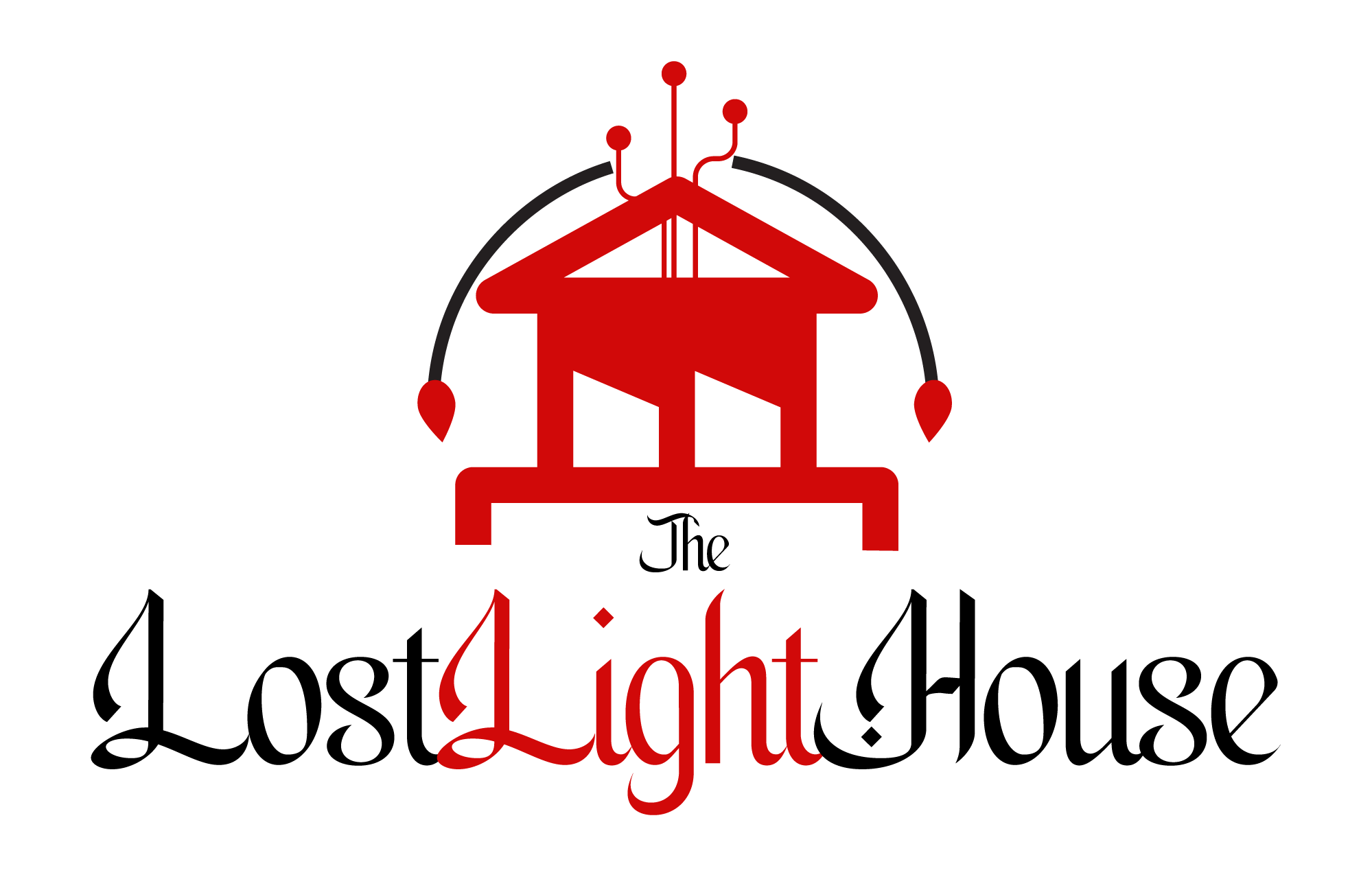
How Can You Analyze Themes and Characters in TV Shows?
TV has become more than the single episode entertainment to the multi-layered narration. Be it drama, comedy or sci-fi series, every show has themes, character lines and story lines which can be analyzed. Knowing how to break these components down will enable the audience to appreciate the art of modern-day television.
In this TV Show Analysis guide we are going to discuss some effective techniques of reading between the lines, learning about characters, and discovering the storyline so that you can watch TV with knowledge and interest.
1. Why Analyzing TV Shows Matters
TV series are currently frequently serialised, that is, the story and the progressing character are followed in several consecutive episodes or seasons. Breaking down TV Shows enables you to see the patterns, predict the character development, and comprehend the concept behind them.
When the audience is critical, they do not sit back and watch, but experience the narrative. The analysis also improves the conversation with other fans, increases appreciation of writing and production, and builds up critical thinking abilities.
2. Understanding Themes
Themes are the central ideas that drive a show. They reflect societal issues, human emotions, or moral dilemmas. Common themes include friendship, betrayal, love, power, identity, and redemption.
When analyzing TV shows, consider:
- What recurring ideas or messages appear across episodes?
- How do characters’ actions support these themes?
- Are there cultural or social commentaries embedded in the story?
As an illustration, Breaking Bad discusses morality, ambition, and consequence, whereas Stranger Things is about friendship, fear of the unknown, and resilience. Identification of such themes would enable the viewers to appreciate the show at a greater level.
3. Exploring Character Development
Characters are the backbone of any TV show, demonstrating the importance of characters through their motivations, transformations, and relationships which are central to analyzing TV shows.
- Protagonists: What drives their decisions? How do they grow or change over time?
- Antagonists: What challenges do they create? Are their motives justified or symbolic?
- Supporting Characters: How do secondary roles enhance the story?
By examining these dynamics, viewers can see how characters reflect themes, contribute to plot tension, and evoke emotional responses. A show like The Crown demonstrates complex character evolution shaped by history, personal conflict, and societal expectations.
4. Narrative Structure and Storylines
TV shows often employ layered storytelling, including subplots, cliffhangers, and multi-season arcs. Analyzing TV Shows means paying attention to how these storylines interconnect.
- Episode Structure: How does each episode contribute to the overall narrative?
- Season Arcs: Are there recurring conflicts or resolutions?
- Foreshadowing: What hints or symbols prepare the audience for future events?
Game of Thrones or Westworld shows have proven to have complex plots and the viewer has to follow the various threads of character and plot. The identification of these factors enhances meaning and interaction.
5. Symbolism and Subtext
Beyond plot and character, many shows employ symbolism and subtext to communicate deeper meaning. For instance:
- Visual motifs (e.g., color, lighting) may reflect emotion or foreshadow events.
- Dialogue may carry layered meaning, hinting at societal critique or personal conflict.
- Objects or settings may act as metaphors for broader concepts.
These details, when observed when analyzing TV shows, give you the richness of your viewing. Such series as Mad Men or The Handmaid Tale rely on visual and narrative symbolism to support social commentary and emotional content.
6. Engaging With Emotional and Cultural Context
TV shows are designed to elicit emotional responses and reflect cultural norms. When analyzing, consider:
- How does the show make you feel, and why?
- What societal values or issues does it reflect?
- How do characters’ experiences connect with real-world experiences?
Understanding emotional and cultural context allows viewers to engage more thoughtfully, making the act of watching both entertaining and intellectually stimulating.
7. Techniques for Critical Analysis
a. Take Notes
Keep track of recurring themes, character arcs, and key plot points. This is especially useful for serialized shows with complex storylines.
b. Rewatch Key Scenes
Some moments reveal symbolic meaning or foreshadowing that isn’t obvious on the first viewing.
c. Compare Episodes and Seasons
Identify how themes, character choices, and conflicts evolve over time.
d. Discuss With Others
Engaging in fan forums or discussions can provide new perspectives and interpretations, enriching your analysis.
8. How Storytelling Shapes Viewer Connection
The power of television shows is the extent to which the show appeals to its viewers on an emotional level. The TV shows analyze permit you to comprehend the reasons why some episodes seem to hit or why some characters seem relatable, the effect of tension and resolution on engagement.
Programs such as This Is Us or The Good Place show that viewers can get emotionally attached to a good storytelling style and well-grounded characters.
9. Tips for Beginners
- Start with shows known for strong writing and character development.
- Focus on one aspect at a time: themes, characters, or plot.
- Take breaks between episodes to reflect on what you noticed.
- Look for reviews or analyses for added perspectives.
Even casual viewers can deepen their appreciation for a show by practicing these techniques.
Conclusion
Analyzing TV Shows is not just a book activity, it is a means of living through the present day television. Viewing the themes, character growth, plot, and symbolism, the viewers can discover the artistry of every story.
TV shows are meant to amuse, educate and motivate. When you take time to study them, you will make passive viewing to become active. Regardless of whether it is a comedy, drama or fantasy series, each episode is a window to the human emotion, culture and imagination.
Knowing about the Power of Storytelling in television enables us to look past the entertainment, where we might have seen shallow entertainment, to see the craft, the subtext, and the intent that goes behind each scene, and to relate to characters and stories at a significantly lower level.



